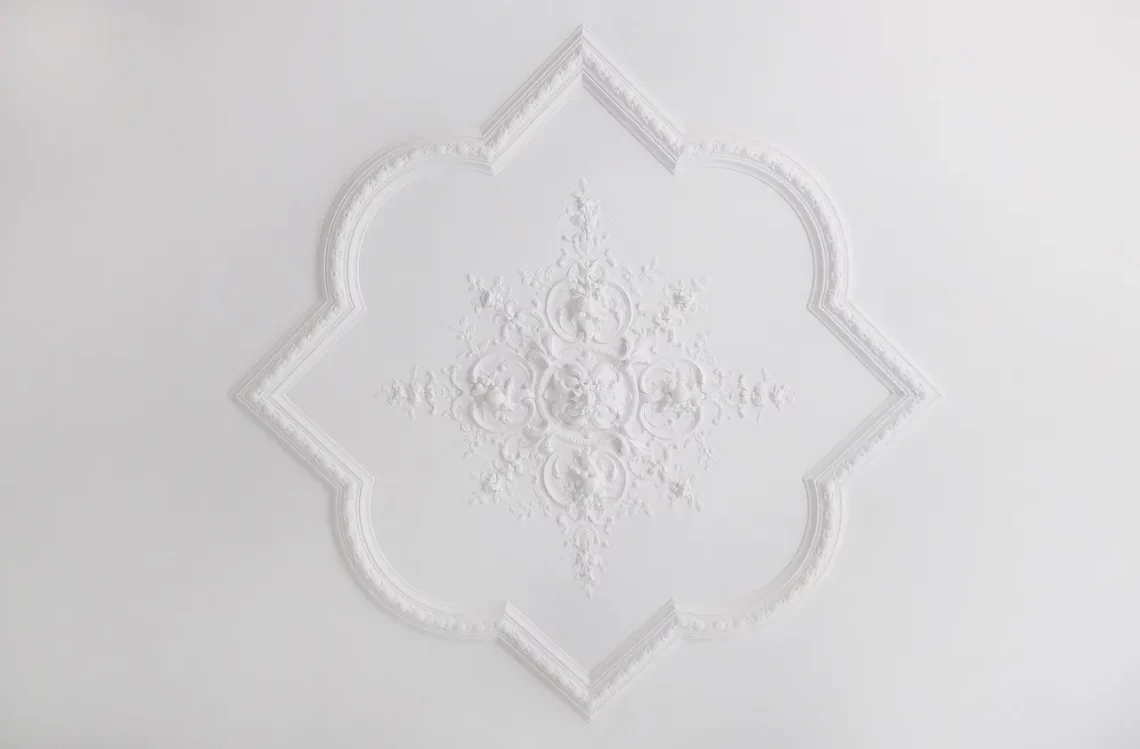
Exploring the Beauty and Functionality of Groined Ceilings
The architectural realm is filled with elements that not only serve a practical purpose but also elevate the aesthetic appeal of a space. Among these elements, groined ceilings stand out as a remarkable blend of beauty and functionality. With their distinctive design, these ceilings can transform any room, providing both visual interest and structural integrity. Groined ceilings, formed by the intersection of two barrel vaults, create a unique pattern that can enhance the ambiance of a variety of settings, from grand cathedrals to cozy residential spaces.
The artistry involved in constructing groined ceilings is a testament to the skill and ingenuity of architects and builders throughout history. Their ability to merge form and function allows these ceilings to support considerable weight while simultaneously adding character to the architecture. This intricate ceiling design captivates the eye, drawing attention to the craftsmanship and materials used in its creation. Additionally, groined ceilings can contribute to improved acoustics and ventilation within a space, making them a practical choice for various applications.
As we delve deeper into the world of groined ceilings, we will uncover the historical significance, design considerations, and versatility of these unique architectural features. Their timeless appeal continues to inspire contemporary designs, making them relevant in today’s architectural landscape.
The Historical Significance of Groined Ceilings
Groined ceilings have a rich history that can be traced back to ancient civilizations. These ceilings first gained prominence during the Roman Empire, where architects mastered the art of vaulting. The Romans utilized groined ceilings primarily in large public buildings, such as basilicas and baths, recognizing their ability to create expansive, open interiors without the need for numerous supporting columns.
The use of groined ceilings continued to evolve through the Middle Ages, particularly in Gothic architecture. Churches and cathedrals prominently featured these ceilings, showcasing intricate ribbed designs that added a sense of grandeur and spiritual elevation. The interplay of light and shadow created by these ceilings enhanced the ethereal atmosphere within these sacred spaces, drawing the eyes upward toward the heavens.
During the Renaissance, groined ceilings saw a resurgence as architects sought to revive classical design elements. This period marked a shift towards more decorative and ornate styles, with artists and craftsmen embellishing groined ceilings with frescoes, carvings, and gilded accents. The ceilings became canvases for artistic expression, contributing to the overall aesthetic harmony of the buildings.
In modern times, groined ceilings have found their place in various architectural styles, from neoclassical to contemporary. They are celebrated not only for their historical significance but also for their adaptability to different design sensibilities. Today, architects continue to draw inspiration from the elegance and structural advantages of groined ceilings, ensuring their legacy endures in the architectural narrative.
Design Considerations for Groined Ceilings
When incorporating groined ceilings into a design, several factors must be considered to ensure they complement the overall aesthetic and functionality of the space. The first consideration is the scale of the room. Groined ceilings work best in larger spaces, where their height and intricate patterns can be fully appreciated. In smaller rooms, these ceilings can create a feeling of congestion and may overwhelm the design.
Material selection is another critical aspect of designing groined ceilings. Traditional materials such as stone, brick, and plaster are commonly used, each offering unique properties and aesthetic qualities. Stone and brick provide durability and a rustic charm, while plaster can be molded into intricate designs, allowing for greater artistic expression. The choice of material will influence not only the visual appeal but also the acoustics and thermal properties of the space.
Lighting plays a vital role in showcasing the beauty of groined ceilings. Strategic placement of fixtures can highlight the architectural details and create dramatic effects. Natural light can also enhance the design, allowing shadows to accentuate the grooves and curves of the ceiling. Skylights or large windows can be incorporated to bring in daylight, creating a dynamic interplay of light and shadow throughout the day.
In addition to aesthetics, the structural integrity of groined ceilings must be carefully evaluated. Proper engineering ensures that the ceiling can support the load it bears, especially in larger constructions. Working with architects and structural engineers is essential to create a safe and visually pleasing design that adheres to building codes and regulations.
Applications of Groined Ceilings in Modern Architecture
The versatility of groined ceilings makes them suitable for a wide range of applications in modern architecture. Their elegant design can enhance both residential and commercial spaces, offering unique solutions for various settings. In homes, groined ceilings can be used in entryways, dining rooms, or living areas to create a focal point that draws the eye upward and adds a sense of grandeur.
In commercial spaces, such as hotels, restaurants, and galleries, groined ceilings can establish a luxurious atmosphere. The architectural detail adds character and sophistication, making these venues more inviting and memorable for guests. Moreover, the acoustic benefits of groined ceilings are particularly advantageous in spaces that require sound control, such as theaters and concert halls.
Groined ceilings are also finding their way into contemporary urban developments, where they can be integrated into modern designs while paying homage to traditional architectural elements. The combination of sleek finishes with the intricate patterns of groined ceilings creates a juxtaposition that appeals to both historical appreciation and modern sensibilities.
In addition, sustainability has become a key consideration in modern architecture. Groined ceilings can be designed using eco-friendly materials and techniques that reduce environmental impact. Their ability to support natural ventilation can also contribute to energy efficiency, making them a practical choice for sustainable building practices.
As architects and designers continue to explore innovative applications for groined ceilings, their enduring appeal will likely inspire future generations to appreciate and incorporate these timeless architectural features into their projects.
In conclusion, groined ceilings are a remarkable architectural feature that combines beauty and functionality. From their historical roots to their modern applications, these ceilings continue to captivate the imagination of architects and homeowners alike. Their intricate designs and structural advantages make them a valuable addition to a variety of spaces, ensuring their relevance in the ever-evolving landscape of architecture.




